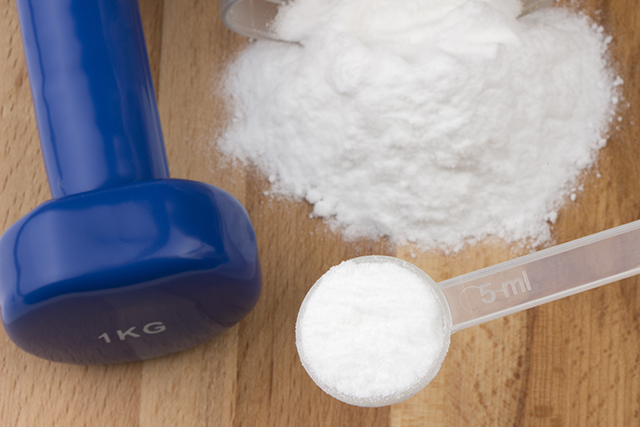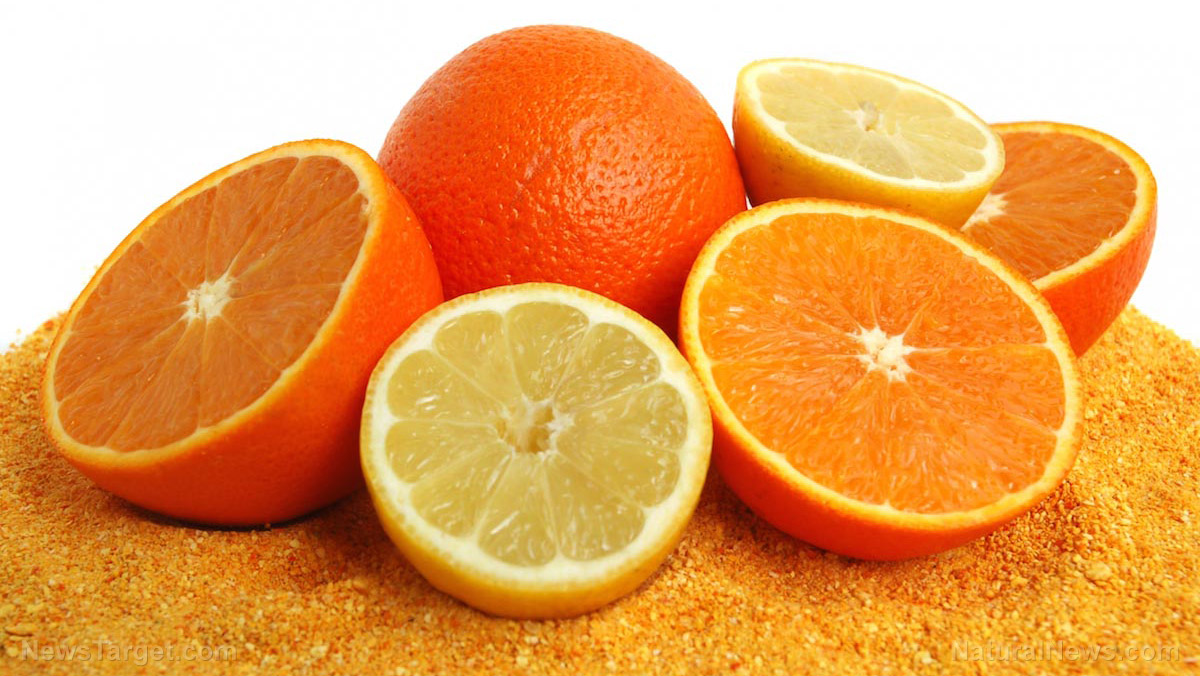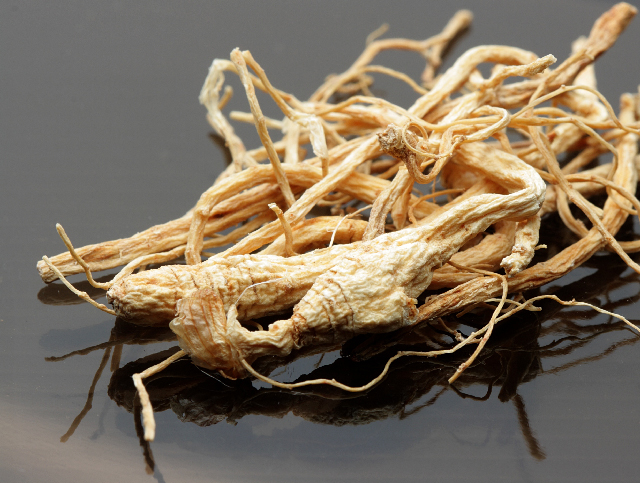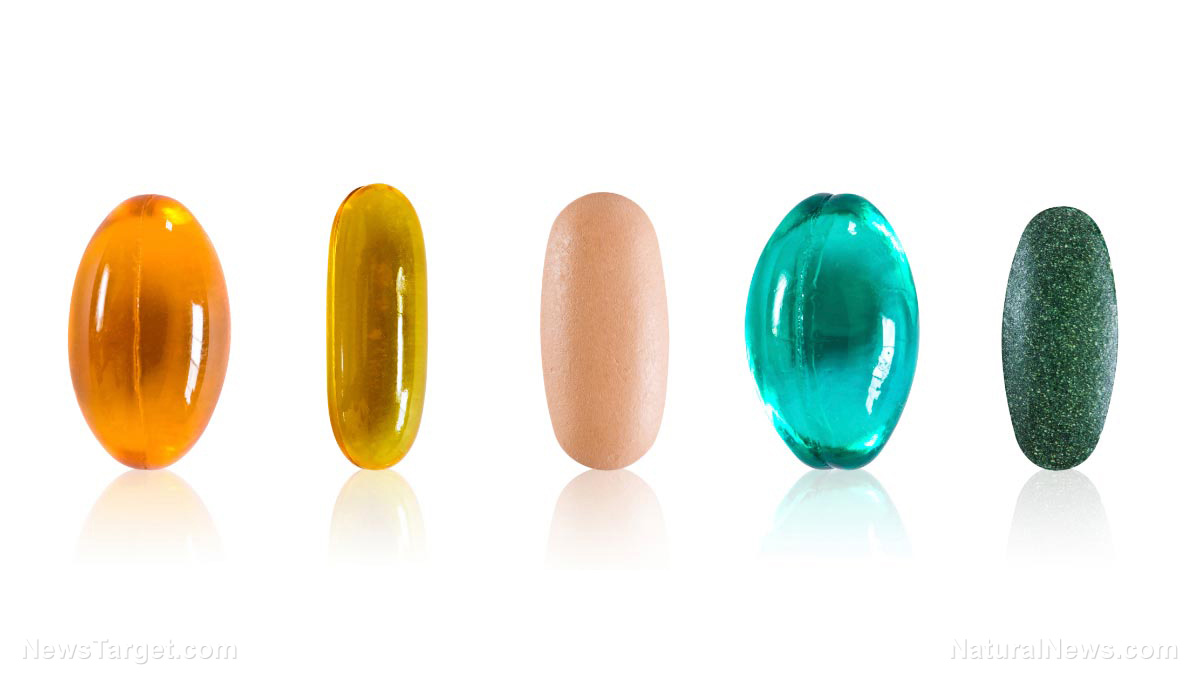13 Supplements to Control Lyme Pain
08/30/2016 / By supplementsreport

Lyme disease can cause pain as the bacteriaBorrelia burgdorferi invades the joints and muscle tissue throughout the body and causes inflammation and tissue damage. This type of pain can be debilitating and severely limit quality of life. While there are many types of traditional pain medications available, there are a growing number of people who do not want to use traditional pain medication because of the side effects and potential for overdose.
Article by Laurie Miller
Some have found alternative supplements to be helpful for controlling pain, and there is a growing body of information available online (see resources listed below) from which you will be able to make informed decisions regarding those supplements that might help you with pain. Following are some supplements currently being tried for pain management:
1. Turmeric—The active ingredient in turmeric is curcumin, and it supports the body in decreasing inflammation, which can help to reduce pain. It is available in 500 mg capsules and is generally taken 2-4 times per day. It is also available in a tea or root preparation, which can be used in food preparation. Always check with your MD or pharmacist regarding potential drug interactions that can occur with turmeric.
2. Omega-3 Fatty Acids—Omega-3 fatty acids can be useful in supporting the body to decrease inflammation, pain, and swelling. Fish oil capsules are a good source of omega-3’s and are usually taken in divided doses of 1000-3000 mg per day. Be sure to take fish oil supplements that contain both EPA and DHA, which are commonly considered the most essential fatty acids.
3. Devil’s claw—This supplement’s active ingredient is “harpagoside,” and it can help support the body in decreasing muscle and joint pain. It is usually taken daily in 30-100 mg capsules. There are some medications that shouldn’t be used with Devil’s claw, so be sure to check with your MD or pharmacist regarding interactions that may occur when this supplement is taken with medications. (Some Lyme practitioners also use cat’s claw for pain, which is usually taken in 60-100 mg capsules and has the same precautions listed above.)
4. B Vitamins—B vitamins support the body’s natural processes by helping repair DNA in the cells. Whole B-Vitamin complex capsules are usually taken (50 mg tablet) once daily with food and will provide the body with thiamin, riboflavin, niacin, pantothenic acid, vitamin B6, biotin, folic acid, and vitamin B12. If you have low blood levels of a specific B-vitamin listed above, your physician may order a higher dose and will probably want to continue monitoring your blood levels on a regular basis.
5. Magnesium—This vitamin supports the body in relieving pain by relaxing muscles, which can help increase blood flow, oxygen, and nutrients to the muscles. It is available in supplements of varying dosages from 400-1000 mg, which are usually taken 1-3 times per day. In large doses, magnesium can cause diarrhea, which can be relieved by reducing the total dose. Dr. Stephen Buhner (Bunherhealinglyme.com) uses Calcium 3000 mg and Magnesium 900 mg (separately) daily to help with pain caused by muscle spasms.
6. Probiotics—Probiotics support the body by helping to restore healthy bacteria in the gut, which can help rid the gut of toxins that contribute to generalized inflammation and chronic pain. These come in a variety of strengths in capsule and suppository form, and are also found in yogurt. A usual dose is 10 billion CFU’s daily.
7. Vitamin D—Dr. J.J. Burrascano, Jr. uses Vitamin D supplements to help with muscle cramps and pain not relieved by magnesium and calcium. His online protocol starts at 2000-4000 IU daily for several weeks, then decreases to a maintenance dose based on Vitamin D blood levels. Prolonged supplementation should be closely monitored by a physician, as vitamin D can become toxic when taken at high doses for long periods of time. (See more information below regarding fat-soluble vitamins.)
8. Vitamin C—This vitamin is used by Dr. J.J. Burrascano, Jr., MD, for those who are experiencing joint pain that is common with Lyme. He uses it initially in divided doses of 1000-6000 mg daily, unless gastrointestinal symptoms necessitate reducing the dosage.
9. Vitamin A—While not generally used for pain, vitamin A is utilized by Dr. Sharon Montes (at WholeHealthMD.org) to support the body in reducing joint stiffness related to Lyme (in addition to other treatments). It is usually taken in doses of 3000-5000 IU daily, but should be monitored by a physician because it can become toxic over time (for the same reasons that vitamin D becomes toxic; see below).
10. Glucosamine sulfate—This supplement can support the body in reducing joint pain. It is usually available in 500 mg tablets, which are taken 2-3 times daily. It may take several months of supplementation before you see improvement. This supplement should not be confused with N-acetyl-glucosamine, which is more commonly taken for disorders of the bowel. (*See below for more information regarding possible drug interactions.)
11. Sam-E—This supplement can be helpful for muscle and joint pain. It is available in capsule, intramuscular, or intravenous form, and is given in varying doses of 200-1600 mg daily, depending on the condition. (Check with your doctor regarding its possible interaction with a number of medications, including antidepressants, Robitussin, and tramadol, which can cause increased levels of serotonin (“serotonin syndrome”) with symptoms of shivering, high blood pressure, and anxiety. These symptoms should be treated immediately in the emergency room.)
12. Capsicum (also capsaicin)—This supplement is made from chili peppers and is available in a skin cream (0.25%-0.75% capsaicin) as well as in capsule form. It can be helpful for muscle or nerve pain when used topically 3-4 times per day. It can cause a burning sensation, especially if the skin is moist. The cream should be kept away from the eyes, nose, and mouth and should be applied with gloves. When taken orally, it is available in 500 mg capsules and is usually taken 3 times per day.
13. Comfrey—Comfrey extract comes from a plant and is available in a skin cream preparation used for join pain. It is usually used 3 times per day for 3 weeks. When using the cream, be sure the specific extract in the cream is Kytta-Salbe f, as other Comfrey extracts are poisonous and are absorbed through the skin. Don’t drink comfrey tea or take oral supplements, as they can be toxic to the liver.
14. Boswellia—Available as a capsule or tablet, specific boswellia extracts (5-Loxin and ApresFLEX) can be useful for joint pain. It is usually utilized in doses of 100-400 mg per day for up to 6 months.
Alternative supplements can be a helpful way to manage pain when taken safely under your doctor’s supervision, particularly for the patient who does not want to take narcotic pain medication. While most are not currently FDA-approved because they have not undergone standard medical research, some people still find them helpful in managing pain. Always check with your physician and research the supplements that you are considering adding to your treatment regimen, because they can interact with medications. Some supplements, like turmeric and glycosamine, can contribute to a blood thinning effect. One resource to find valuable information about most supplements is the National Institute of Health’s U.S. National Library of Medicine at https://ods.od.nih.gov/factsheets/list-all/. A quick online resource allowing you to check for interactions between supplements and medications can be found at http://www.webmd.com/interaction-checker/.
Keep in mind that the above supplements are sometimes utilized for the pain component of Lyme disease, and that there are many other recommended supplements for treating other symptoms of Lyme disease. Seehttp://www.prohealth.com/lyme/lyme-disease-supplements.cfm for more information.
*Vitamins A, D, E, and K are “fat-soluble” vitamins, which means that they are stored in the fat and can build up in fat stores over time. Because this build-up can result in toxicity, you should monitor your blood levels of these vitamins on a regular basis. Always check with your MD or pharmacist regarding drug interactions that can occur when combining supplements (even vitamins) with medications. Also ask your physician re: the Recommended Daily Allowance of vitamins so that doses taken do not exceed these recommendations.
The following resources were used in compiling the above information:
http://www.painfreelivinglife.com/pain-treatments/alternative-therapies/5-supplements-to-manage-your-symptoms/
http://www.naturalnews.com/041195_pain_relief_supplements_painkillers.html
http://www.m.webmd.com/a-to-z-guides/prevention-15/vitamins/chronic-pain-relief
http://www.wholehealthmd.com
http://www.medicinenet.com/script/main/mobileart.asp?articlekey=10736
http://buhnerhealinglyme.com/
http://www.rxlist.com/supplements/article.htm
https://ods.od.nih.gov/factsheets/list-all/
http://www.m.webmd.com/vitamins/index
Read more at: prohealth.com
Tagged Under: Lyme Pain, supplements




















